Home>Gardening & Outdoor>Outdoor Recreation & Activities>How Far Apart Should Cornhole Boards Be?
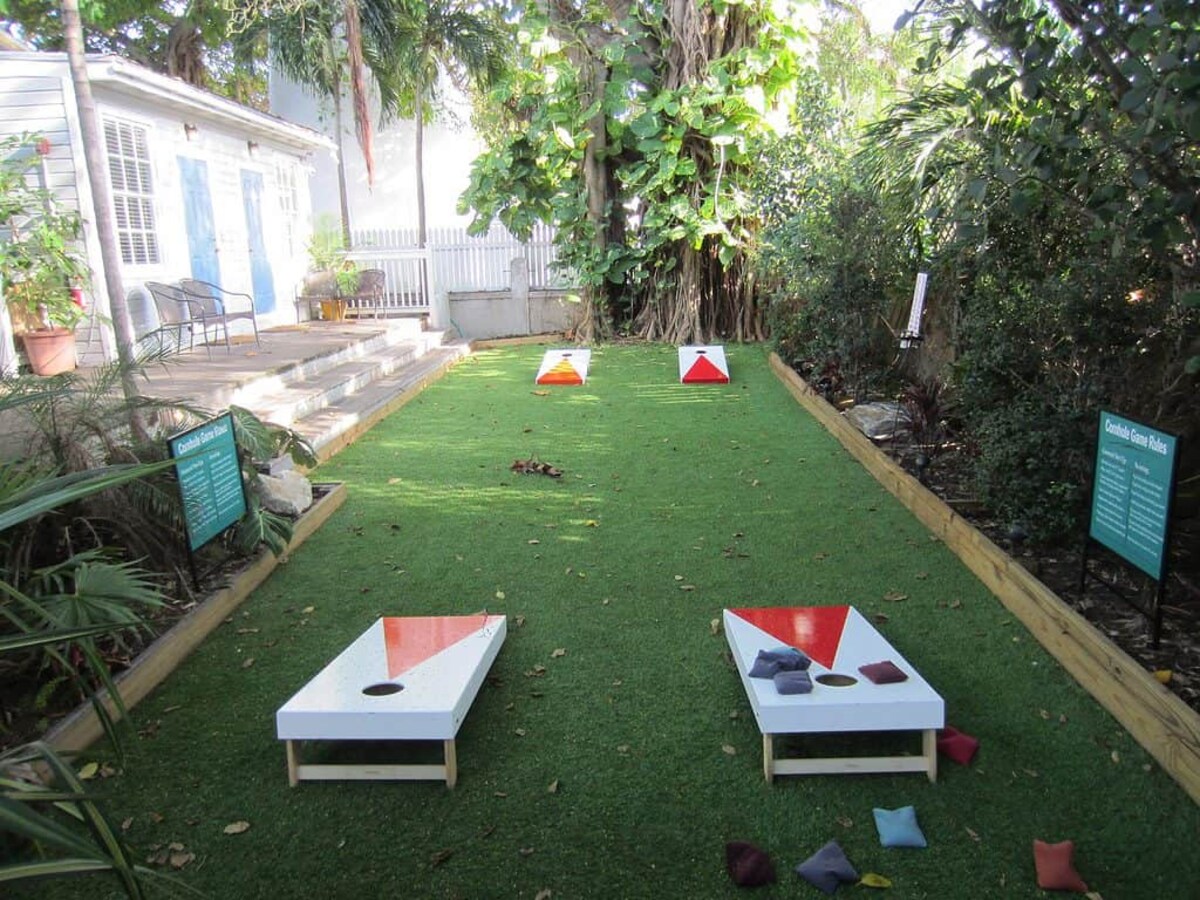

Outdoor Recreation & Activities
How Far Apart Should Cornhole Boards Be?
Modified: August 17, 2024
Discover the ideal distance for setting up your cornhole boards for the best outdoor recreation and activities. Learn how to space them perfectly for endless fun!
(Many of the links in this article redirect to a specific reviewed product. Your purchase of these products through affiliate links helps to generate commission for Storables.com, at no extra cost. Learn more)
Introduction
Cornhole, a beloved outdoor game that has gained widespread popularity, is a staple at gatherings, tailgate parties, and backyard barbecues. The game's simple yet engaging nature makes it a favorite pastime for people of all ages. One of the fundamental aspects of playing cornhole is the proper setup of the boards. The distance between the cornhole boards plays a crucial role in ensuring a fair and enjoyable game for all participants.
Understanding the optimal distance between cornhole boards is essential for both casual players and serious competitors. Whether you're a seasoned cornhole enthusiast or a newcomer to the game, knowing the recommended board distance is key to honing your skills and enhancing your overall playing experience.
In this article, we will delve into the standard dimensions of cornhole boards, explore the regulation distance required for official gameplay, and discuss the ideal setup for recreational play. Additionally, we will consider various factors that may influence the board distance, providing valuable insights for players looking to optimize their cornhole setup.
By gaining a comprehensive understanding of the ideal board distance and the factors that come into play, you can elevate your cornhole game to new heights. So, let's embark on this journey to unravel the nuances of cornhole board placement and discover the secrets to creating the perfect cornhole setup for endless hours of outdoor fun and friendly competition.
Key Takeaways:
- The standard distance between cornhole boards is 27 feet for official competitions, challenging players to showcase their precision and skill at the professional level.
- In casual settings, the distance between cornhole boards can vary from 15 to 30 feet, allowing for adaptable and enjoyable gameplay tailored to different environments and player skill levels.
Read more: How Far Apart Should Bookshelves Be
Standard Cornhole Board Dimensions
When it comes to the game of cornhole, the dimensions of the boards are a critical aspect that directly impacts the overall playing experience. Standard cornhole boards are typically rectangular and measure 4 feet in length and 2 feet in width. These dimensions provide a balanced playing surface that allows for consistent gameplay and fair competition.
The top surface of the cornhole board, where the bean bags are tossed, is elevated approximately 12 inches from the ground at the front and 3-4 inches from the ground at the back. This slight incline adds an element of challenge to the game while ensuring that the bean bags slide smoothly across the surface.
The cornhole board is also equipped with a 6-inch diameter hole, positioned 9 inches from the top of the board and centered 12 inches from each side. This standardized hole size and placement are crucial for maintaining uniformity across different cornhole setups, enabling players to adapt seamlessly to various playing environments.
In addition to the board dimensions, the material and construction of the cornhole boards are equally important. High-quality boards are typically constructed from sturdy plywood, ensuring durability and longevity. The surface of the board is sanded to a smooth finish, allowing the bean bags to glide effortlessly during gameplay.
Furthermore, the frame of the cornhole board is designed to provide stability and support, preventing any wobbling or shifting during intense matches. The legs of the board are strategically positioned to offer a secure base while maintaining the proper angle for optimal bean bag tosses.
Overall, adhering to the standard dimensions of cornhole boards is essential for maintaining consistency and fairness in the game. Whether you're a casual player enjoying a friendly match in your backyard or a competitive enthusiast participating in organized tournaments, the adherence to these dimensions ensures a level playing field and a satisfying cornhole experience for all involved.
Regulation Cornhole Board Distance
In official cornhole competitions and tournaments, adhering to specific regulations is paramount to ensure fairness and standardization across all matches. The regulation cornhole board distance, also known as the pitching distance, is a crucial element that directly impacts the game's integrity and competitive balance.
The American Cornhole Organization (ACO) and the American Cornhole League (ACL), two prominent governing bodies for cornhole, have established standardized regulations for the board distance in competitive play. According to these regulations, the front edges of the cornhole boards should be placed 27 feet apart from each other. This precise distance is meticulously determined to provide an optimal level of challenge and skill requirement for players at the professional level.
The regulation distance of 27 feet presents a strategic balance, requiring players to exhibit precision and accuracy in their bean bag tosses while factoring in the influence of distance on trajectory and force. This standardized distance serves as the cornerstone for competitive cornhole, setting the stage for intense matchups and showcasing the players' proficiency in mastering the game's dynamics.
In addition to the board distance, the regulations also specify the pitcher's box, an area from which players must throw their bean bags. The front of the pitcher's box is defined as a line parallel to the front of the board and 30 feet away from the opposite board. This designated throwing zone ensures that all players have an equal and consistent starting point for their tosses, further emphasizing the importance of precision and skill in competitive cornhole.
Adhering to the regulation cornhole board distance is not only essential for maintaining the integrity of professional tournaments but also for providing players with a standardized platform to showcase their abilities. By practicing and competing at the regulation distance, players can hone their skills and develop a deep understanding of the game's nuances, ultimately elevating the level of competition within the cornhole community.
Whether it's the thrill of a championship match or the camaraderie of a local tournament, the regulation board distance stands as a testament to the dedication and passion that players bring to the game of cornhole. It serves as a unifying factor, bridging players from diverse backgrounds and skill levels under a common set of regulations, fostering a spirit of sportsmanship and healthy competition.
In summary, the regulation cornhole board distance of 27 feet is a cornerstone of competitive play, embodying the essence of skill, precision, and sportsmanship that define the game of cornhole at its highest level.
The regulation distance between cornhole boards is 27 feet from front edge to front edge. This is the standard distance for official cornhole play.
Recreational Cornhole Board Distance
In contrast to the standardized regulations governing competitive play, recreational cornhole offers a more flexible and laid-back approach, allowing players to tailor the game to their preferences and the available space. When it comes to recreational cornhole board distance, the emphasis shifts from strict adherence to specific measurements to a more relaxed and adaptable setup that prioritizes enjoyment and social interaction.
For casual gatherings, backyard barbecues, and leisurely outdoor activities, the recreational cornhole board distance can vary based on the players' preferences and the available playing area. While the official regulation distance of 27 feet may not always be feasible in casual settings, especially in smaller outdoor spaces, players have the freedom to adjust the board distance to suit their needs while maintaining the essence of the game.
In recreational settings, the distance between cornhole boards typically ranges from 15 to 30 feet, offering a broad spectrum of options to accommodate different playing environments and skill levels. This flexibility allows players to create an enjoyable and inclusive experience, whether they are introducing newcomers to the game or engaging in lighthearted competition among friends and family.
The recreational cornhole board distance is often determined by the size of the playing area and the skill level of the participants. In smaller backyards or outdoor venues, a distance of 15 to 20 feet may be more practical, encouraging casual and relaxed gameplay without sacrificing the essence of the cornhole experience. This closer proximity can also be ideal for younger players or individuals who are new to the game, providing a comfortable and approachable introduction to cornhole.
On the other hand, larger outdoor spaces or settings with more experienced players may warrant a board distance of 25 to 30 feet, allowing for slightly more challenging gameplay while still embracing the spirit of recreational cornhole. This extended distance can cater to players seeking a moderate level of difficulty and skill refinement, fostering a balance between casual enjoyment and friendly competition.
Ultimately, the recreational cornhole board distance embodies the adaptability and inclusivity that define the game's appeal in informal settings. Whether it's a relaxed afternoon with friends or a festive outdoor gathering, the ability to customize the board distance enables players to create a welcoming and engaging environment where everyone can participate and enjoy the timeless thrill of cornhole.
In essence, the recreational cornhole board distance serves as a testament to the game's versatility, accommodating diverse playing scenarios and fostering a sense of camaraderie and shared enjoyment among players of all ages and skill levels.
Factors to Consider
When determining the ideal distance between cornhole boards, several factors come into play, influencing the overall gameplay experience and the suitability of the setup for different environments. Understanding these factors is essential for tailoring the cornhole board distance to specific scenarios and ensuring an enjoyable and balanced playing experience for all participants.
-
Playing Environment: The physical space where the game takes place is a primary consideration when establishing the board distance. In smaller areas, such as backyard patios or narrow driveways, a closer board distance may be more practical, allowing players to engage in the game without feeling constrained. Conversely, larger outdoor spaces can accommodate a wider board distance, providing ample room for players to maneuver and enjoy the game to its fullest extent.
-
Player Skill Level: The skill level of the participants also plays a significant role in determining the board distance. For novice players or younger individuals, a shorter distance can be more suitable, allowing them to familiarize themselves with the game and gradually improve their tossing accuracy. On the other hand, experienced players may prefer a longer distance to introduce an additional level of challenge and skill refinement, enhancing the competitive aspect of the game.
-
Age and Physical Abilities: Consideration of the age and physical abilities of the players is crucial when setting the board distance. For intergenerational play or events involving individuals with varying physical capabilities, adjusting the board distance can ensure that everyone can participate comfortably. This inclusivity promotes a welcoming and engaging atmosphere, allowing players of all ages and abilities to enjoy the game without feeling disadvantaged by the setup.
-
Event Dynamics: The nature of the event or gathering can influence the board distance, with factors such as the overall ambiance, the presence of spectators, and the desired level of competitiveness coming into play. Casual social gatherings may benefit from a moderate board distance that encourages relaxed gameplay and social interaction, while more spirited competitions or organized tournaments may warrant a regulation distance to uphold the integrity of the game and showcase the players' skills.
-
Weather and Wind Conditions: Outdoor weather conditions, particularly wind strength and direction, can impact the trajectory and stability of bean bag tosses. When setting the board distance, it is essential to consider the prevailing wind patterns in the playing area and adjust the distance accordingly to minimize the influence of wind on the game. Additionally, extreme weather conditions may necessitate a closer board distance to accommodate for challenging playing conditions.
By taking these factors into account, players can tailor the cornhole board distance to suit the specific context of their game, whether it's a casual gathering, a competitive event, or a leisurely afternoon with friends and family. This thoughtful consideration ensures that the board distance enhances the overall cornhole experience, fostering an environment where players can engage in spirited gameplay while enjoying the camaraderie and excitement that define the timeless appeal of cornhole.
Read more: How Far Apart Should Ladder Rungs Be
Conclusion
In conclusion, the distance between cornhole boards is a fundamental aspect that significantly influences the dynamics of the game and the overall playing experience. Whether adhering to the regulation distance for competitive play or customizing the board distance for recreational settings, the placement of the boards plays a pivotal role in shaping the essence of cornhole as a beloved outdoor pastime.
The standard dimensions of cornhole boards, including the 4×2-foot surface, the 6-inch hole, and the elevated front, contribute to the consistent and fair gameplay that players have come to expect. These dimensions serve as the foundation for the game, providing a level playing field for participants of all skill levels and ages.
In the realm of competitive cornhole, the regulation board distance of 27 feet, as defined by governing bodies such as the American Cornhole Organization and the American Cornhole League, embodies the spirit of precision, skill, and sportsmanship. This standardized distance sets the stage for intense matchups and showcases the players' proficiency in mastering the game's dynamics, elevating the level of competition within the cornhole community.
Conversely, recreational cornhole offers a more flexible and inclusive approach, allowing players to tailor the board distance to suit their preferences and the available space. The adaptability of recreational board distances, ranging from 15 to 30 feet, fosters an environment where players can engage in casual enjoyment or lighthearted competition, creating a welcoming and engaging atmosphere for participants of all ages and skill levels.
When determining the ideal board distance, various factors, including the playing environment, player skill level, age and physical abilities, event dynamics, and weather conditions, come into play. By considering these factors, players can customize the board distance to enhance the overall cornhole experience, ensuring that every game is enjoyable, balanced, and inclusive.
Ultimately, the game of cornhole transcends mere dimensions and distances, embodying the spirit of camaraderie, friendly competition, and outdoor enjoyment. Whether played in the competitive arena or in a leisurely backyard setting, cornhole continues to captivate players and spectators alike, fostering cherished memories and timeless moments of outdoor recreation and social connection.
Frequently Asked Questions about How Far Apart Should Cornhole Boards Be?
Was this page helpful?
At Storables.com, we guarantee accurate and reliable information. Our content, validated by Expert Board Contributors, is crafted following stringent Editorial Policies. We're committed to providing you with well-researched, expert-backed insights for all your informational needs.


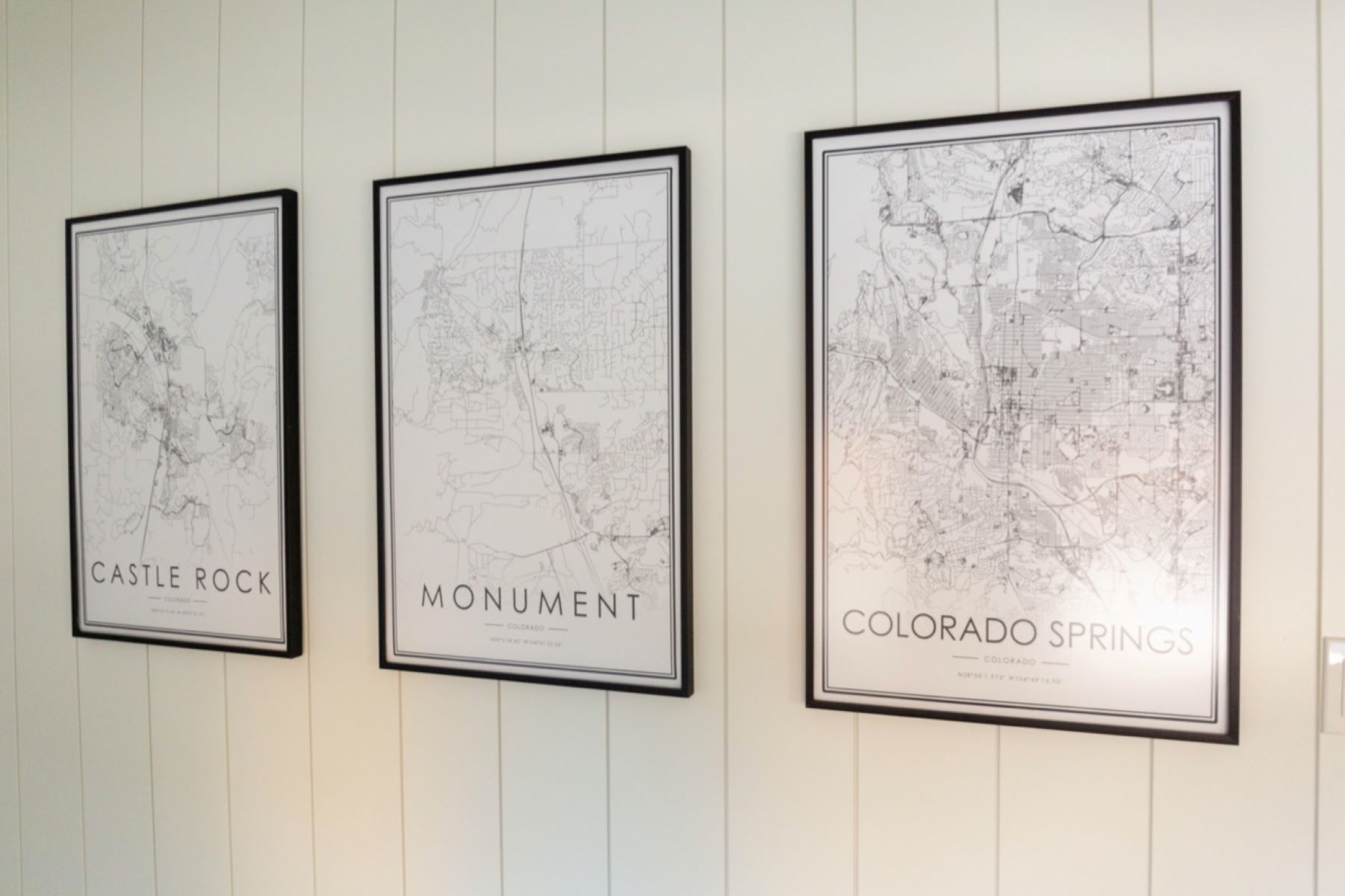

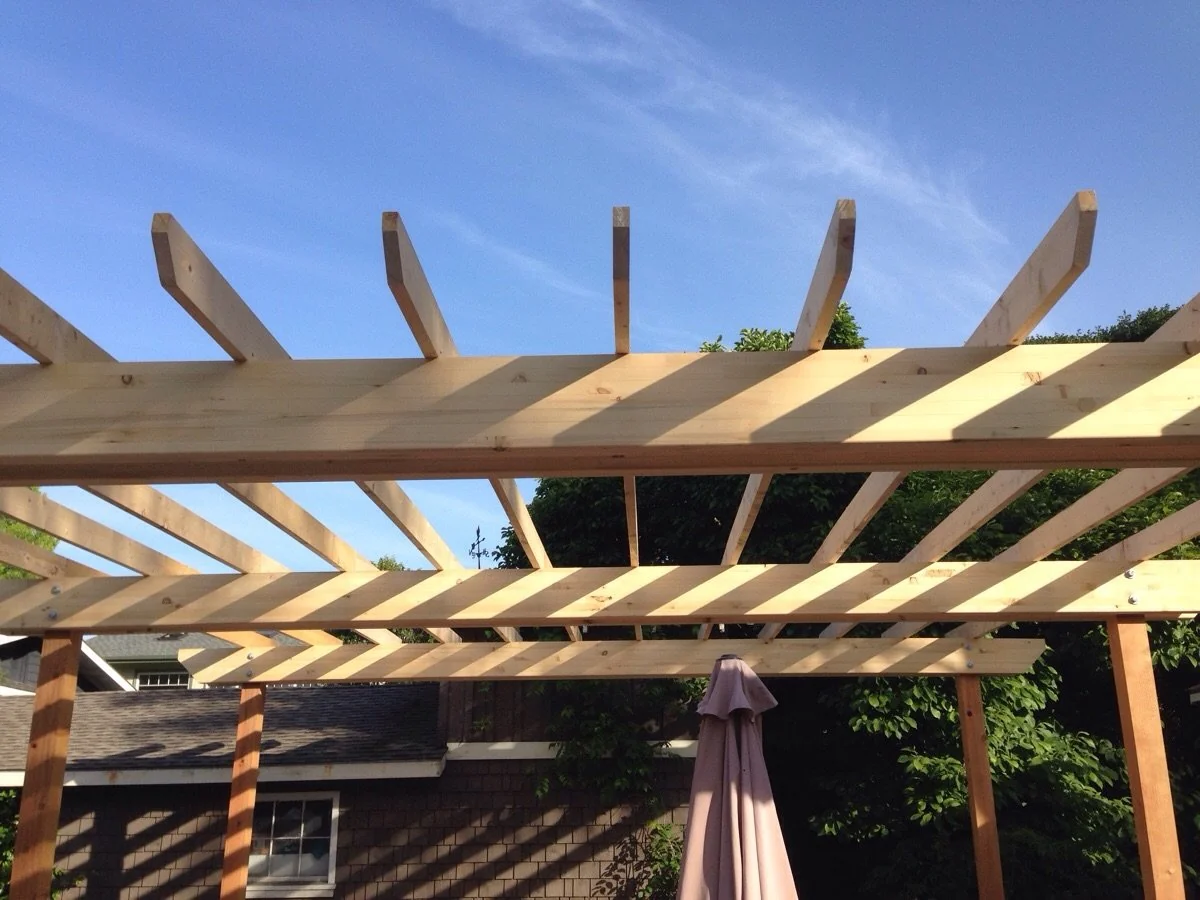
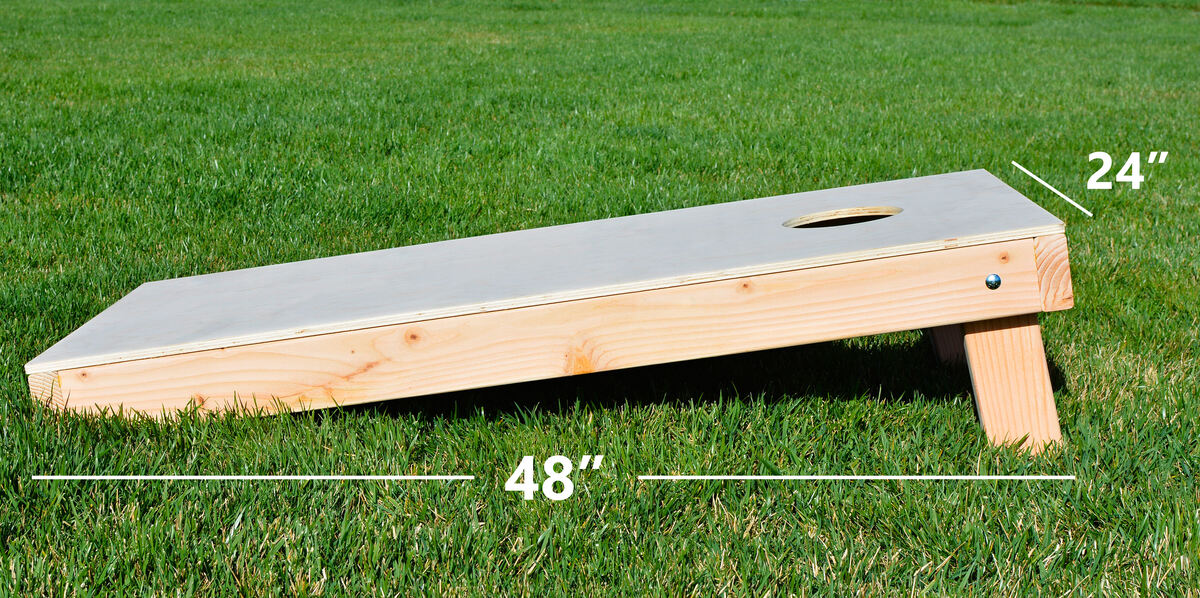
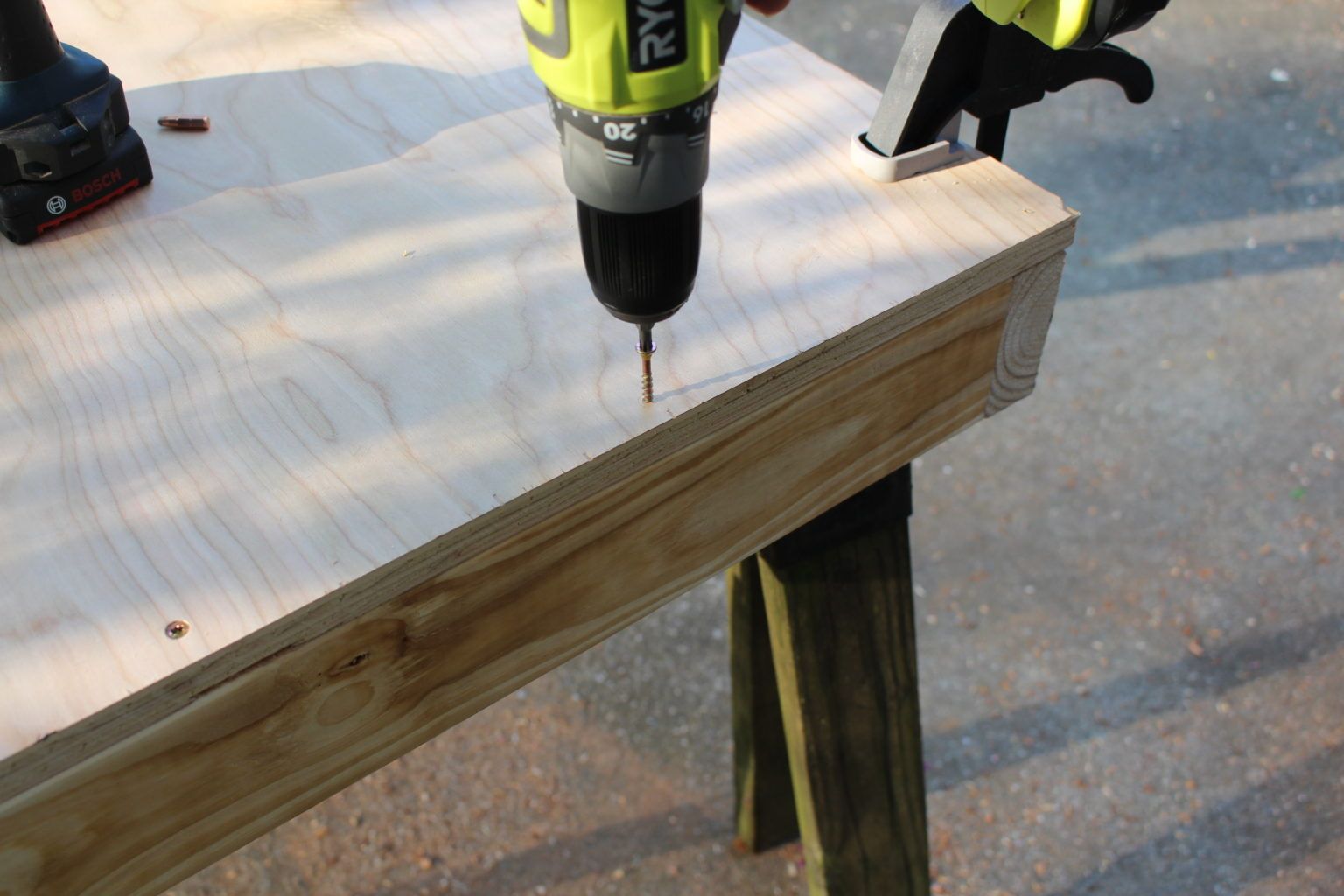
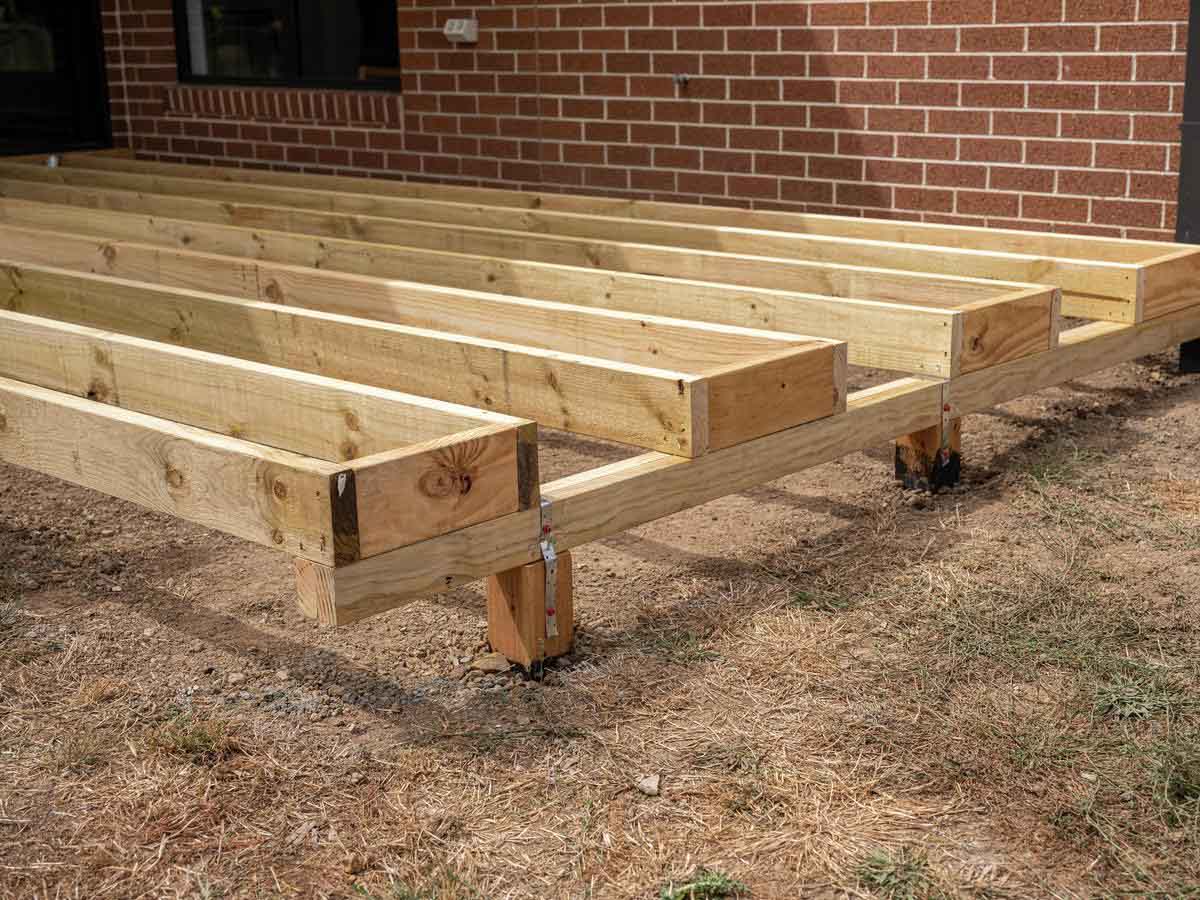
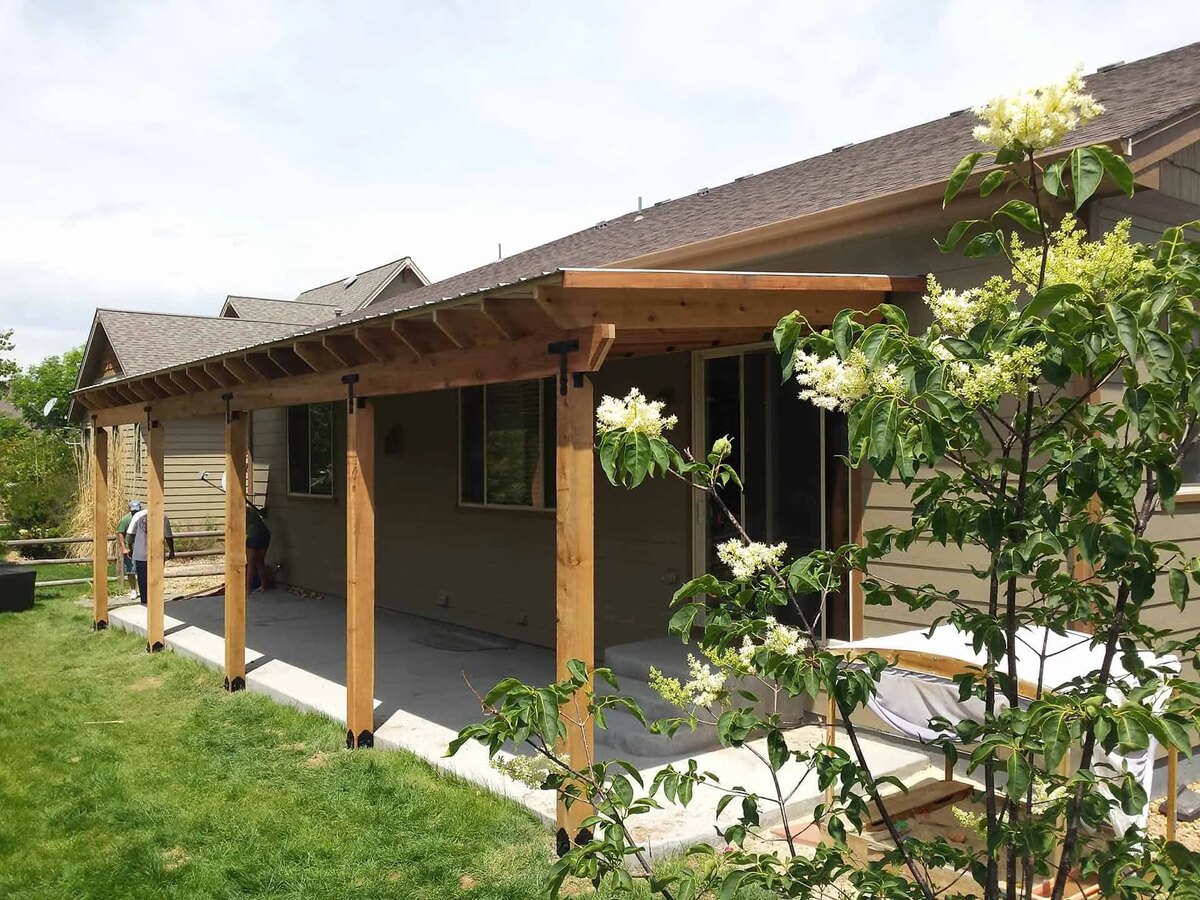
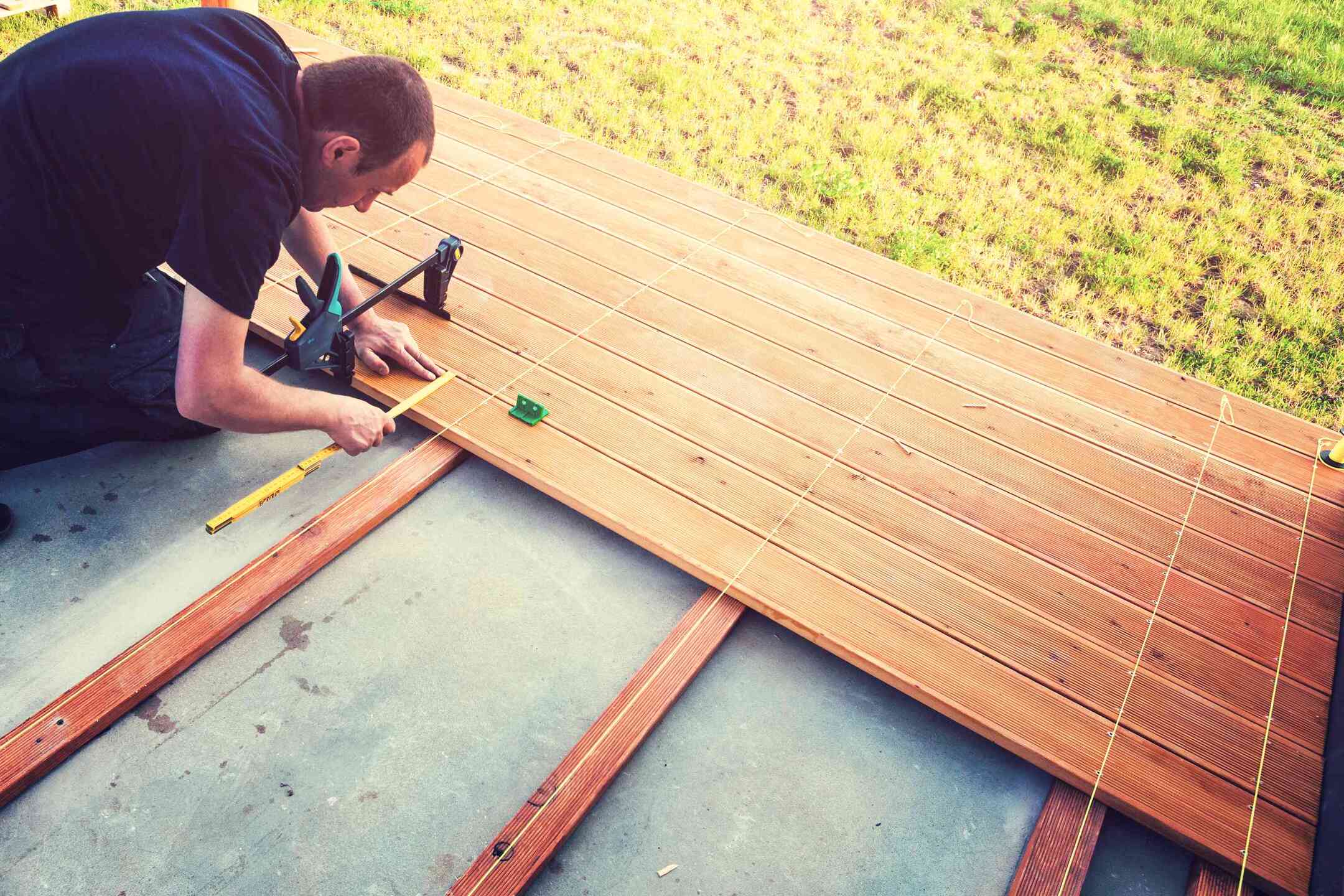
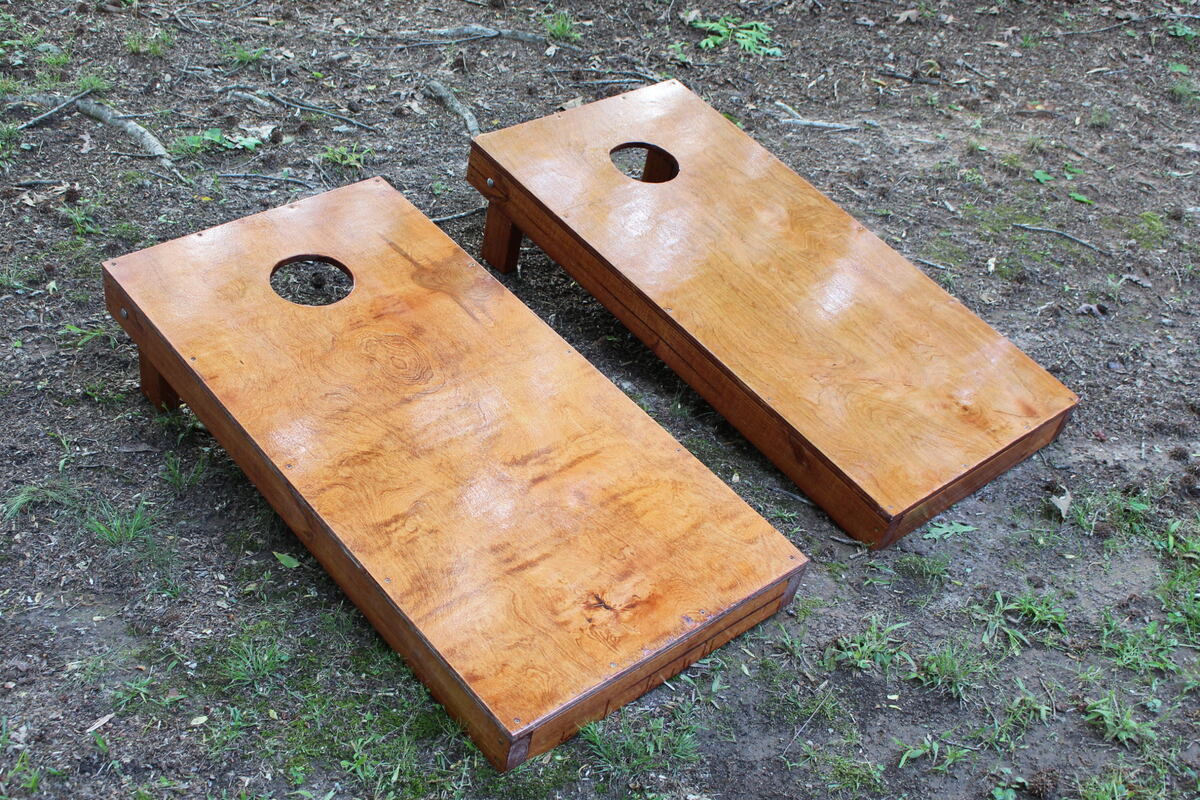
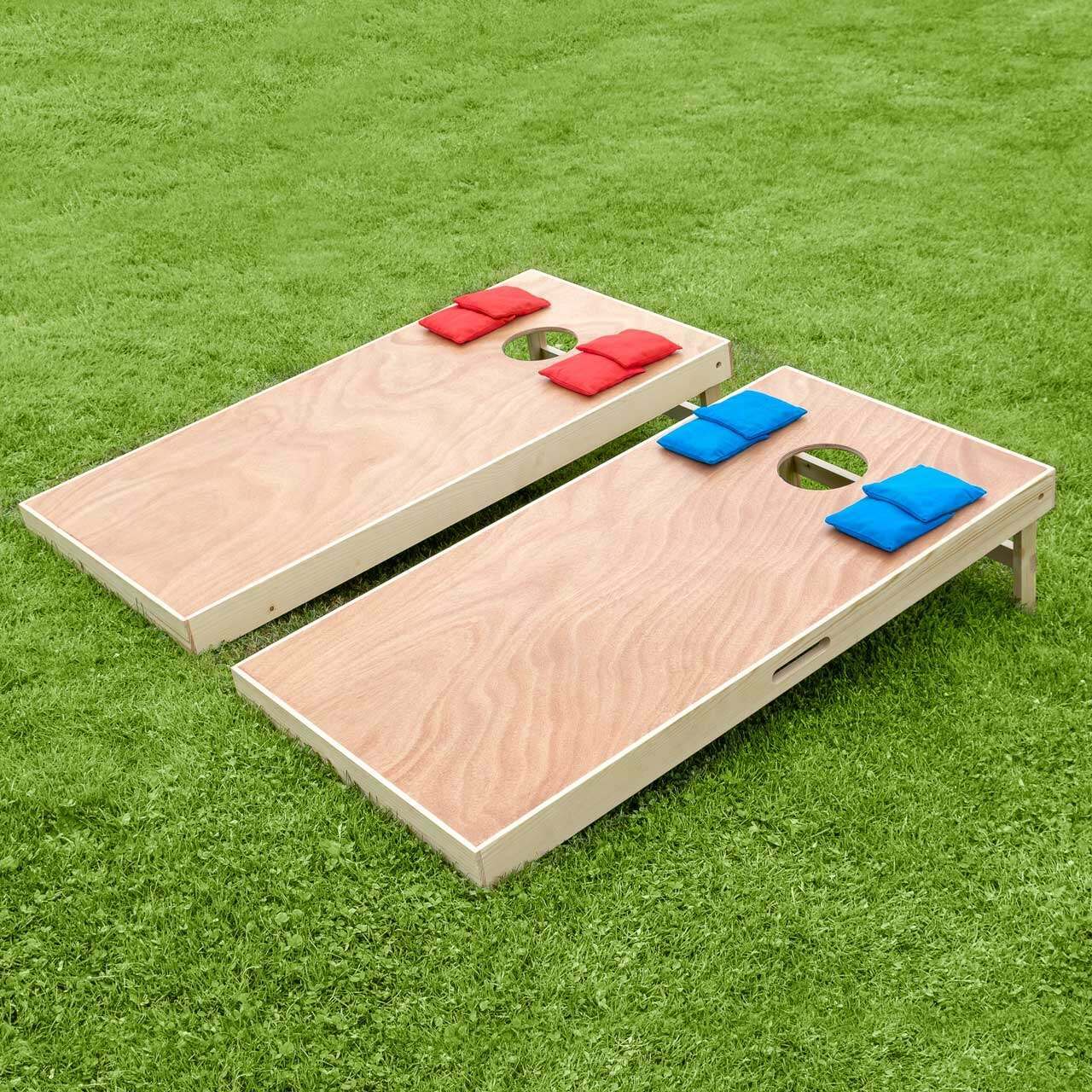
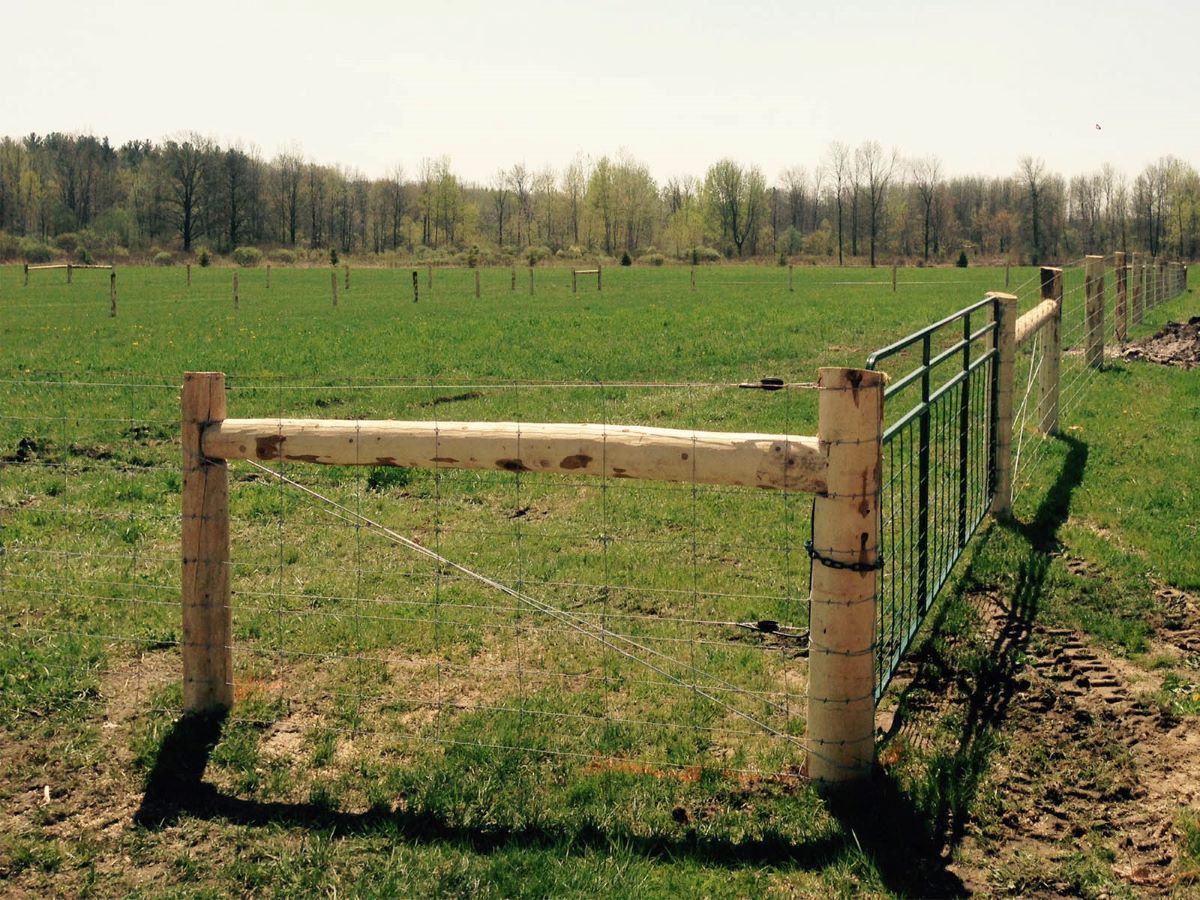
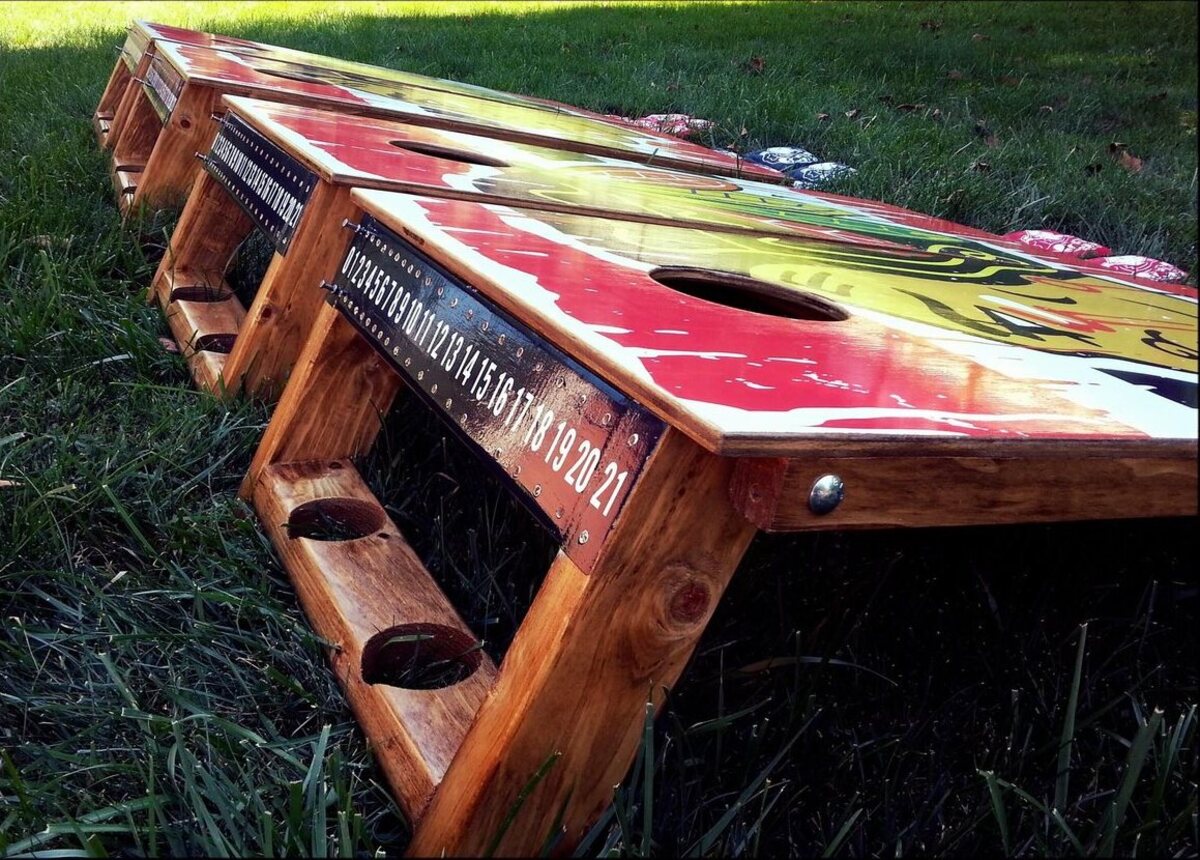

0 thoughts on “How Far Apart Should Cornhole Boards Be?”